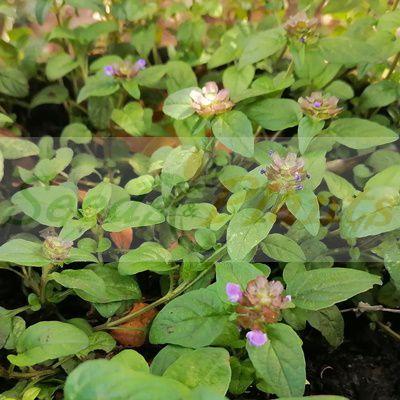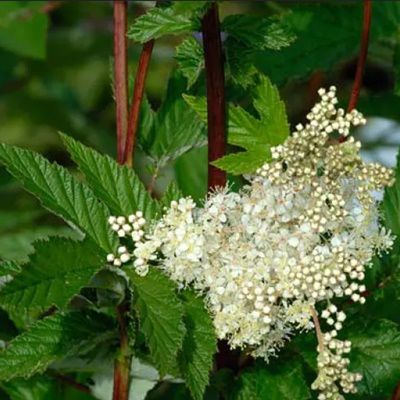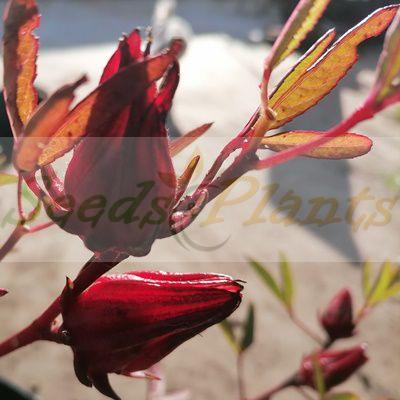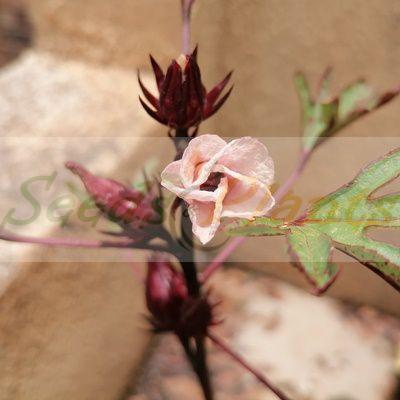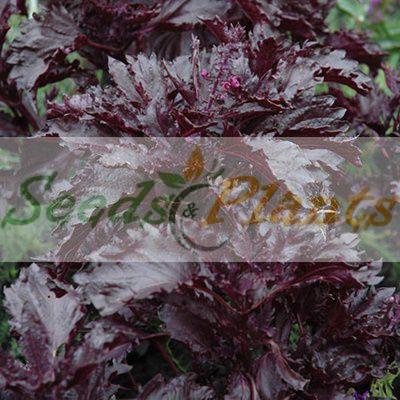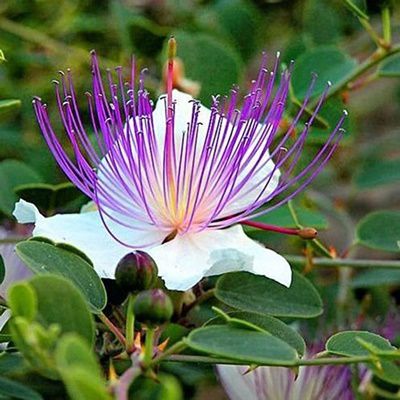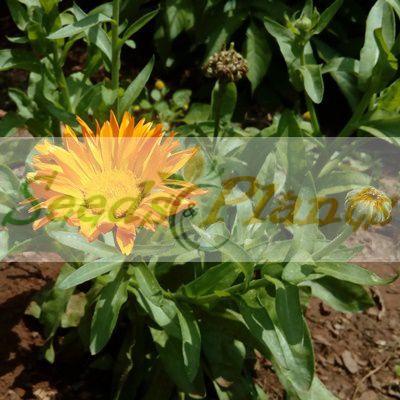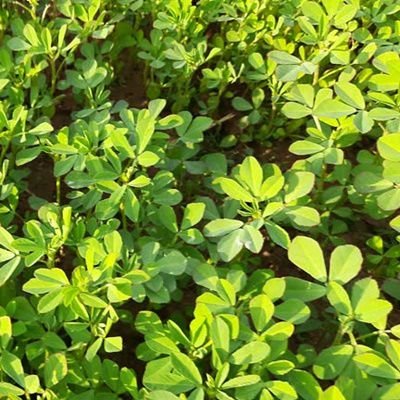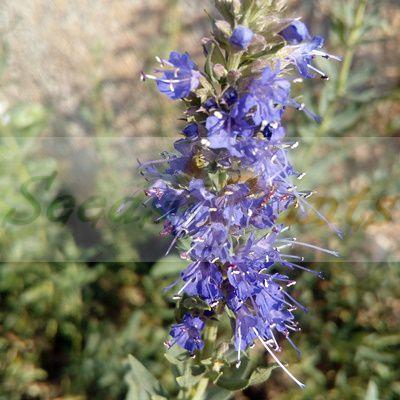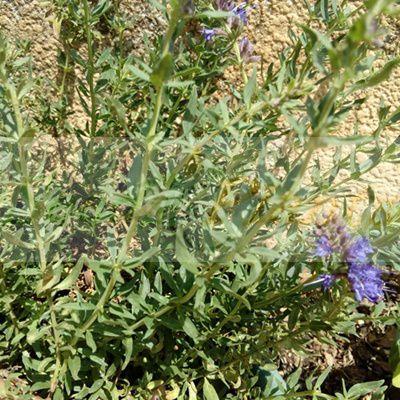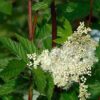- 🌱 Life Cycle: Perennial
Meadowsweet – 10 Seeds
(Filipendula ulmaria)
R30.00
Meadowsweet is a perennial herb in the family Rosaceae that grows in damp meadows. The herb has both culinary and medicinal uses.
Common Names: Queen of the meadow, pride of the meadow, meadow-wort, meadow queen, lady of the meadow, dollof, meadsweet, and bridewort.
Indoor Sowing: Cold Stratification and then transplant in Spring.
Direct Sowing: Late Autumn.
In stock
🌿 Herbal Quick Facts
- 🌱 Life Cycle: Perennial
Meadowsweet Seeds. Filipendula ulmaria, commonly known as meadowsweet or mead wort, is a perennial herb in the family Rosaceae that grows in damp meadows. It is native throughout most of Europe and Western Asia.
Meadowsweet has also been referred to as queen of the meadow, pride of the meadow, meadow-wort, meadow queen, lady of the meadow, dollof, meadsweet, and bridewort.
Meadowsweet Culinary Uses
The whole herb possesses a pleasant taste and flavor, the green parts having a similar aromatic character to the flowers, leading to the use of the plant as a strewing herb, strewn on floors to give the rooms a pleasant aroma, and its use to flavor wine, beer, and many vinegar’s. The flowers can be added to stewed fruit and jams, giving them a subtle almond flavor.
Meadowsweet Medicinal Benefits
It has many medicinal properties. The whole plant is a traditional remedy for an acidic stomach, and the fresh root is often used homeopathic preparations. Dried, the flowers are used in potpourri. It is also a frequently used spice in Scandinavian varieties of mead. A tea made from Filipendula ulmaria flowers or leaves has been used in traditional Austrian herbal medicine for the treatment of rheumatism, gout, infections, and fever.
Growing Meadowsweet
Indoor Sowing: Cold Stratification and then transplant the seedlings in Spring.
Direct Sowing: Late Autumn.
- Meadowsweet seeds often go dormant, so the seeds must be cold stratified in a refrigerator for 90 days before sowing them indoors, in order to break their dormancy and promote germination.
- Sow stratified seeds indoors in Spring or Autumn. Alternatively you can direct sow the seeds in Late Autumn and they will germinate in Spring.
- The seeds require light to germinate, so they perform best when surface sown.
- Scatter two or three seeds across the surface of the medium with approximately 1 inch of space between them.
- The seeds must be lightly pressed onto the surface so they are firmly anchored to the soil.
- A thin layer of medium-grade perlite spread over the soil surface allows light to reach the seeds while still holding moisture around them.
- Mist the perlite with water so it settles onto the seeds.
- In temperate climates where frosts are rare, the pots can be kept outdoors in a bright, sheltered location from sowing time until the seeds germinate.
- The most important factor apart from light exposure is moisture because the seeds may die or germinate poorly if kept too wet or too dry.
- Probe the medium with your fingertip every day to gauge the moisture level. Using a spray bottle, moisten the top 2 inches of the medium. Don’t let the medium dry out completely on the surface, but avoid making it sopping wet.
- Germination can take 3 months or longer..
- Meadowsweet plants form dense, spreading clumps, so they must be provided with adequate room to grow.
- Remove all but the strongest seedling from each pot so it can produce a robust network of roots.
- Provide light shade and regular, deep watering s during the summer months to prevent heat stress, then slowly acclimate the plant to direct sun in early autumn approximately two weeks before planting them.
- The plants perform best when planted in consistently moist, mildly alkaline soil, so amend the soil with limestone to increase its pH, if the soil is highly acidic.
Disclaimer
Medicinal Information:
All medicinal information on this website is for educational and informational purposes only and may not be construed as medical advice. The information is not intended to replace medical advice or treatment offered by healthcare professionals.
Seeds, Plants, Plant Cuttings, Geophytes and Dried Herbs:
In some countries and provinces, certain plants are deemed as invasive and are not allowed to be planted at all, whilst some plants are allowed to be grown only in certain areas or provinces. The onus is on you as the buyer to familiarize yourself with the regulations pertaining to your location, before purchasing any of our seeds, plants, plant cuttings, geophytes or dried herbs. We will not be held liable, should you purchase any seeds, plants, plant cuttings, geophytes or dried herbs. from us which are prohibited in your country or province.
| Life Cycle | Perennial |
|---|

